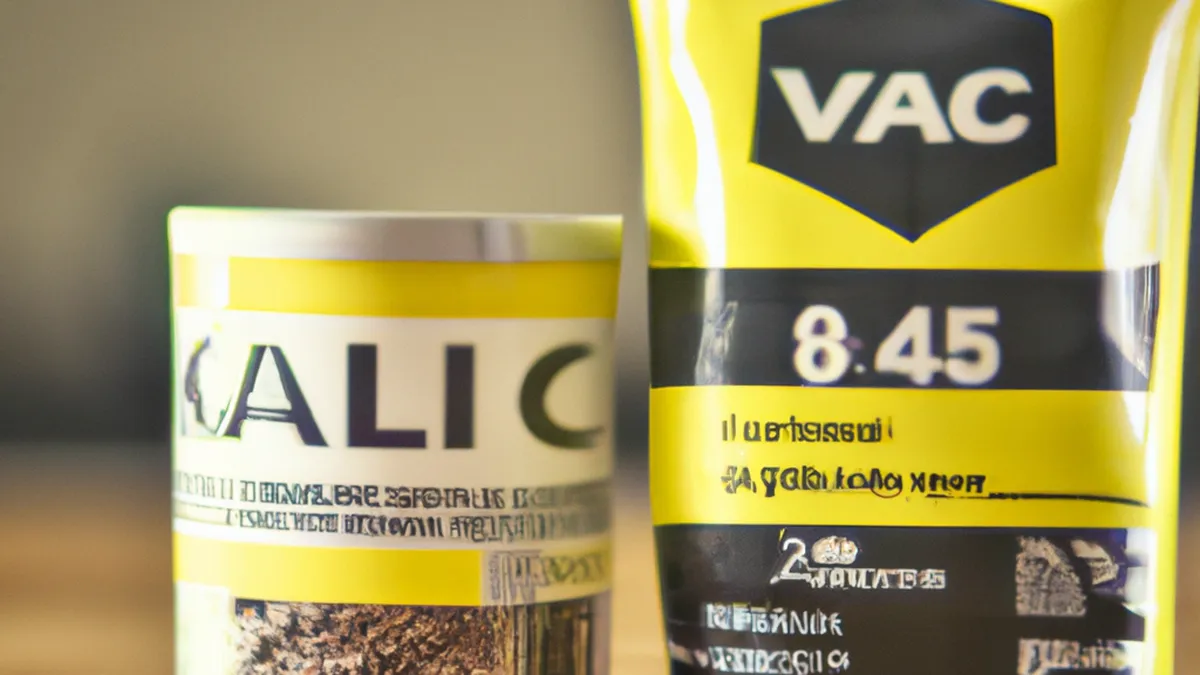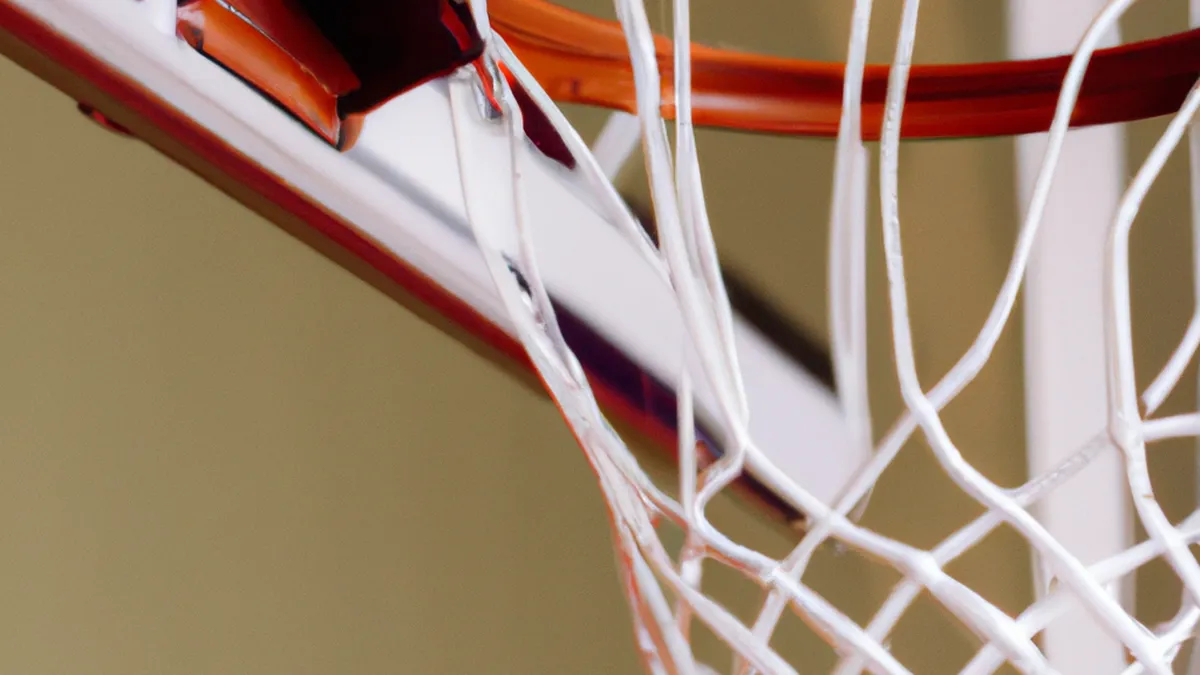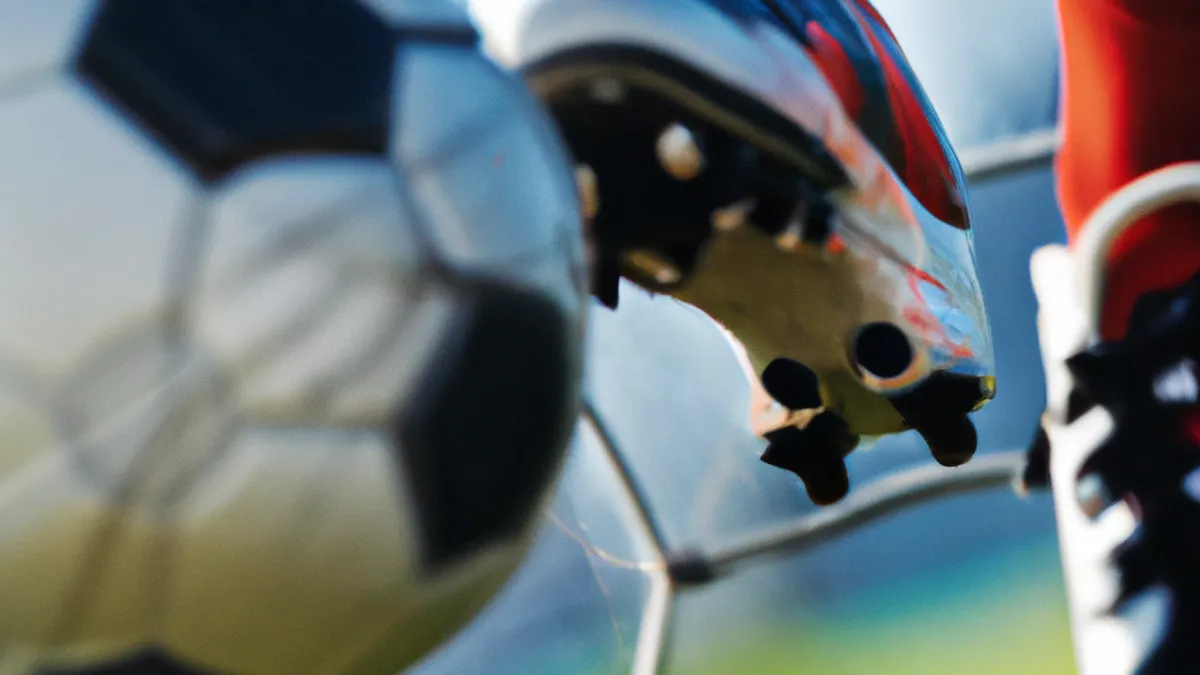Cold Showers: A Soreness Solution
Recovery Protocols for Muscle SorenessAthletes and fitness enthusiasts often face muscle soreness. After intense workouts, you may experience delayed onset muscle soreness (DOMS). This soreness appears as stiffness, discomfort, or pain in the muscles. Fortunately, effective recovery protocols can reduce discomfort and speed up recovery. This blog post explores strategies for faster muscle recovery, helping you maintain an active lifestyle.
Understanding Muscle Soreness
Muscle soreness usually arises after strenuous exercise, especially when you push your limits. You might feel soreness 24 to 48 hours after working out, particularly after unfamiliar activities or increased intensity. While muscle soreness is a normal response to exercise, improper management can hinder your performance and motivation. Implementing effective recovery strategies is crucial for anyone dedicated to fitness.
Tips for Effective Recovery
As an Amazon Associate I earn from qualifying purchases.
Gear tip: consider foam roller, massage oil, and massage gun to support this topic.
Stay Hydrated
Hydration is crucial for muscle recovery. Exercise causes fluid loss through sweat, leading to dehydration without proper replenishment. Staying hydrated prevents cramps, reduces muscle fatigue, and promotes healing. Drink water before, during, and after workouts. Consider electrolyte-rich drinks post-intense sessions to restore lost minerals.
Optimize Nutrition
Nutrition significantly impacts recovery. Eating protein-rich foods repairs muscle tissue damaged during exercise. Proteins consist of amino acids, the building blocks of muscle. Pairing protein with carbohydrates replenishes glycogen stores depleted during workouts. For example, enjoy a smoothie with bananas, spinach, and protein powder after exercising. Incorporate anti-inflammatory foods like berries, fatty fish, nuts, and leafy greens to support recovery.
Incorporate Active Recovery
Active recovery involves low-intensity exercises that increase blood flow without stressing muscles. Walking, cycling, or swimming effectively aids recovery by enhancing circulation and reducing stiffness. Aim for 20 to 30 minutes of light activity on rest days. Gentle movement stimulates healing and boosts energy levels.
Get Quality Sleep
Sleep plays a vital role in muscle recovery. Deep sleep allows your body to undergo essential repair processes, including muscle growth. Strive for 7 to 9 hours of quality sleep each night. To improve sleep quality, establish a bedtime routine. This routine may include winding down, reducing screen time, and creating a comfortable sleeping environment. Prioritizing sleep enhances recovery and overall performance.
Advice for Soreness Management
Use Foam Rollers
Foam rolling effectively relieves muscle tightness and soreness. This self-myofascial release technique helps alleviate discomfort.
Conclusion
Implement recovery strategies to manage muscle soreness. Stay hydrated, optimize nutrition, and prioritize sleep for effective recovery.
Below are related products based on this post:
FAQ
What causes muscle soreness after workouts?
Muscle soreness typically arises after strenuous exercise, especially when pushing your limits. It often appears 24 to 48 hours post-workout and is a normal response to unfamiliar activities or increased intensity.
How can hydration impact muscle recovery?
Hydration is crucial for muscle recovery as it prevents dehydration, which can lead to cramps and muscle fatigue. Drinking water before, during, and after workouts helps promote healing and overall performance.
What role does sleep play in recovery?
Sleep is vital for muscle recovery as deep sleep allows the body to repair and grow muscle tissue. Striving for 7 to 9 hours of quality sleep each night can significantly enhance recovery and improve athletic performance.















Post Comment